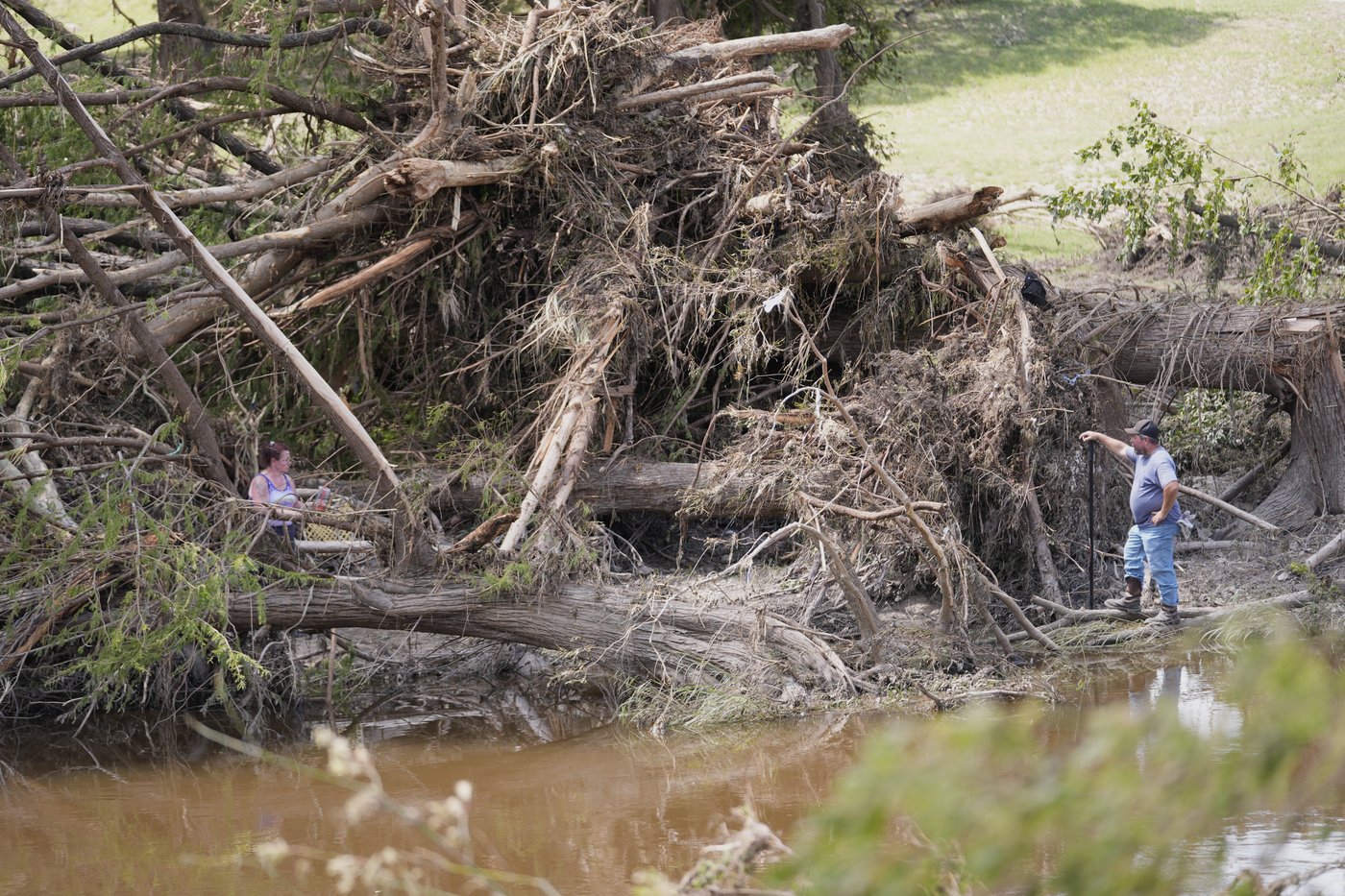Kerr County Flood Tragedy: Missed Opportunities and a Community in Mourning
The recent devastating floods in Kerr County, Texas, which tragically claimed the lives of numerous individuals, including young campers, have brought to light a series of missed opportunities to implement a flood warning system that could have potentially averted the disaster. For nearly a decade, various state and local agencies reportedly failed to secure approximately $1 million in funding for a project designed to enhance the safety of the county’s 50,000 residents, along with the many campers and tourists who frequent the Guadalupe River, an area known for its susceptibility to flash floods.
The proposed system, which included the installation of flood monitoring equipment near popular campsites like Camp Mystic, would have cost roughly the same amount the county spends on courthouse security every two years, or about 1.5% of its annual budget.
A History of Warnings Ignored
The need for a comprehensive flood warning system in Kerr County isn’t new. A deadly flood during Memorial Day weekend in 2015 reignited discussions about installing monitoring systems and sirens to alert the public to evacuate when the river reached dangerous levels. Some officials, mindful of a tragic 1987 flood that killed eight people on a church camp bus, believed it was time to take action.
However, the proposal faced opposition. Some residents and elected officials expressed concerns about the cost of sirens and the potential noise pollution from frequent alarms. County commissioners attempted to find a compromise, proposing a warning system without sirens. This system would improve flood monitoring with sensors, but it would rely on local authorities to alert the public. They sought external funding but struggled to find sufficient support.
Funding Obstacles and Rejected Proposals
Kerrville, the county’s largest city, declined to participate in a joint grant application that would have required a $50,000 contribution. The state’s emergency management agency twice rejected the county’s request for hazard mitigation funding, citing application deficiencies and later prioritizing communities affected by Hurricane Harvey in 2017.
While the state’s flood infrastructure fund eventually offered an interest-free loan for the project, the Upper Guadalupe River Authority, responsible for managing the watershed, deemed the terms unfavorable and declined the offer.
The Cost of Inaction
The absence of a functional flood monitoring system left Kerr County vulnerable when heavy rains struck on July 4th, causing the Guadalupe River to rise rapidly. The lack of adequate warning contributed to the tragic loss of life and the significant number of missing individuals.
Nicole Wilson, a concerned parent who evacuated her daughters from a local camp before the flooding, has launched an online petition urging Kerr County to install sirens. She emphasized the need for collaborative funding efforts from city, state, and federal sources, stating that “there simply can’t be the answer of ‘no’ this time.”
Blame Averted, Anger Simmering
In the aftermath of the disaster, local authorities and Texas Governor Greg Abbott have urged the public to refrain from assigning blame. However, some frustration is beginning to surface.
Raymond Howard, a city council member in Ingram, Texas, expressed disbelief that county officials failed to act despite repeated discussions about the issue. He stated that it was “unfathomable that they never worked on it” and that if funding was the primary concern, it should have been prioritized over other tax-funded projects. Howard, who resides along the Guadalupe River, lamented that any action taken now would be too late for those who perished.
A Missed Opportunity Revisited
Kerr County’s earlier attempt to secure a flood warning system grant in 2016 through the Texas Division of Emergency Management’s hazard mitigation program was unsuccessful. The application failed to meet federal specifications, including the requirement for a current hazard mitigation plan, according to a Texas emergency management spokesperson.
Subsequently, the county engaged a consultant and an engineering firm to prepare another application for the next funding cycle in 2017. The proposed system aimed to provide “mass notifications to citizens about high water levels and flooding conditions throughout Kerr County.” Sensors at targeted low water crossings would transmit signals to local officials and emergency management agencies, enabling them to alert the public and contact youth camps and RV parks during emergencies.
However, after Hurricane Harvey devastated Houston and other parts of Texas in August 2017, funding was redirected to counties included in the disaster declaration, which Kerr County was not. The City of Kerrville’s council also voted against participating in the grant proposal, citing concerns over the $50,000 contribution.
A New Hope Dashed
In 2019, Texas voters approved a constitutional amendment creating a state flood infrastructure fund, with an initial investment of $800 million. The Upper Guadalupe River Authority revived the project last year, requesting $1 million in funding. The Texas Water Development Board offered a $50,000 grant and a $950,000 interest-free loan for the remainder of the project. However, the river authority rejected the funding due to unfavorable terms.
Looking Ahead
A spokesperson for Texas Lt. Gov. Dan Patrick stated that lawmakers will approve funding for such projects during a special session later this month, promising that “the state will provide emergency warning sirens where needed.” The commitment to future funding offers a glimmer of hope that similar tragedies can be prevented.

